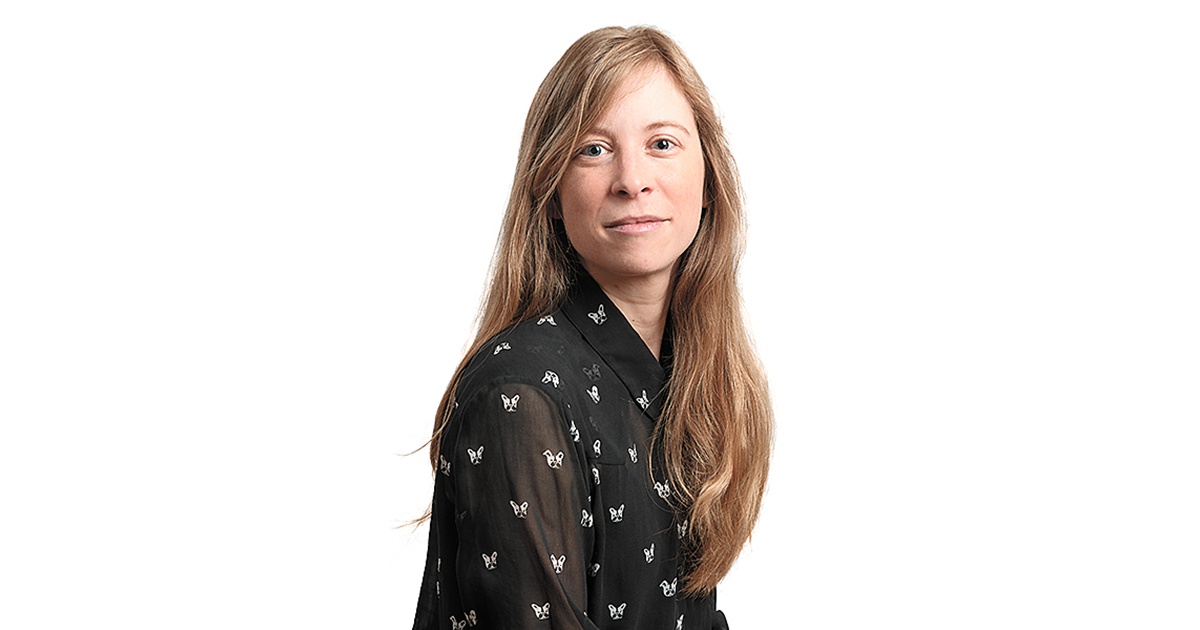A little over three million cats and dogs brighten the daily lives of Quebecers. That’s a lot of straight or floppy ears to caress, but also a lot of fees to pay. This burden is not insignificant for a growing number of households subject to exhausting inflation and a generalized housing crisis, who find that their companions’ veterinary costs have jumped beyond reason.
The duty documented increases that exceed the inflation rate in Quebec, which increased by 3.6% between November 2022 and November 2023. The range varies greatly depending on the clinics consulted and the procedures performed, with prices that have increased by a good 14.5% to a whopping 40%. For some, this price shock is impossible to bear. At the Montreal SPCA, one abandonment in six is due to medical reasons.
This galloping rise worries the public, according to the same admission of the Order of Veterinary Physicians of Quebec (OMVQ), which notes a “significant” increase in questions surrounding “high veterinary prices”. The problem is that no one documents these. Both the Order and the Association of Quebec Veterinary Doctors in Small Animal Practice (AMVQ) — which regularly updates a suggested fee schedule, which recently allowed a significant “catch-up” — say they do not have the resources or the ways to do it.
Yet it should be. It is not normal for an environment like this, which works with the living, to be content with the laws of the market and a code of ethics that is satisfied with prescribing “fair and reasonable” fees “proportional to the services rendered.” » to ensure the balance between sustainable practice and prohibitive prices. Without monitoring mechanisms to contain it, the market has difficulty resisting the sirens of profit.
Note: the preservation of professional independence conveniently monopolized the OMVQ congress last month. This is a good bone to gnaw on, but there is also the takeover of clinics by large groups which is disrupting the balance of the market and which will have to be tackled head on.
Because the balance has indeed been upset, and not just for individuals. Our reporters have highlighted the increasingly precarious, if not deficit, financial arrangements of several shelters and domestic animal aid organizations. They noted the same thing as everyone else, a general surge in their bills. Enough to force some to slow down and others to go into heavy debt or to think about closing down.
Some will object that this is a problem specific to rich societies. It’s true. Moreover, if the overall bill for veterinary care has increased so much in recent years, it is partly because a more affluent section of the population is ready to pay the price, which has caused the use of care to explode. more complex. However, the equation has another central element, our fundamental bond with our pets.
In a Quebec champion of solo living in Canada (19% for the general population, but more than 40% for those aged 85 and over), the cat, the dog, the rabbit or the parakeet occupy a primordial place. We know that they also work miracles with vulnerable clients of all ages. Studies also show that their presence in a home is beneficial to everyone, on several levels: stress reduction, feeling of usefulness, routine, emotional support, etc. And we’re not even talking about the pure joy they exude around them.
Owning a pet, of course, is not a right. But it is a factor of humanity that every wealthy society wants to share with its world. Everyone. The impoverishment of a part of the population – a quarter of Canadians these days fear not being able to meet their basic needs – exposes the need to develop different models in veterinary health.
The step would not be that difficult to take. The community already has several NPOs and an entire network of SPCAs that have what it takes to provide veterinary care to low-income pet owners. The only thing missing is a regulatory change from the Office des professions du Québec. The OMVQ is not against it, especially since its members also suffer when they find it impossible to treat an animal due to financial limitations.
The idea is gaining ground in Quebec, where work to modernize the professional system is underway. But will we be able to wait for its conclusions before getting wet? We observed a rise “economic euthanasia” each time an inflationary surge occurred. The one that is currently striking is unique in that it follows a small pandemic boom during which several spontaneous, even thoughtless, adoptions were noted. The tipping point has been crossed. Let us take note of this and act accordingly.
